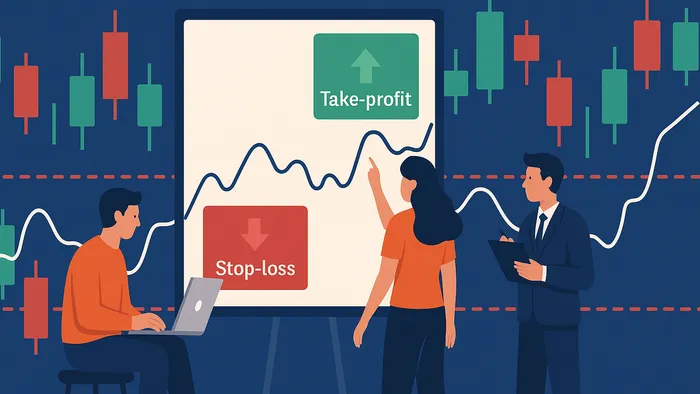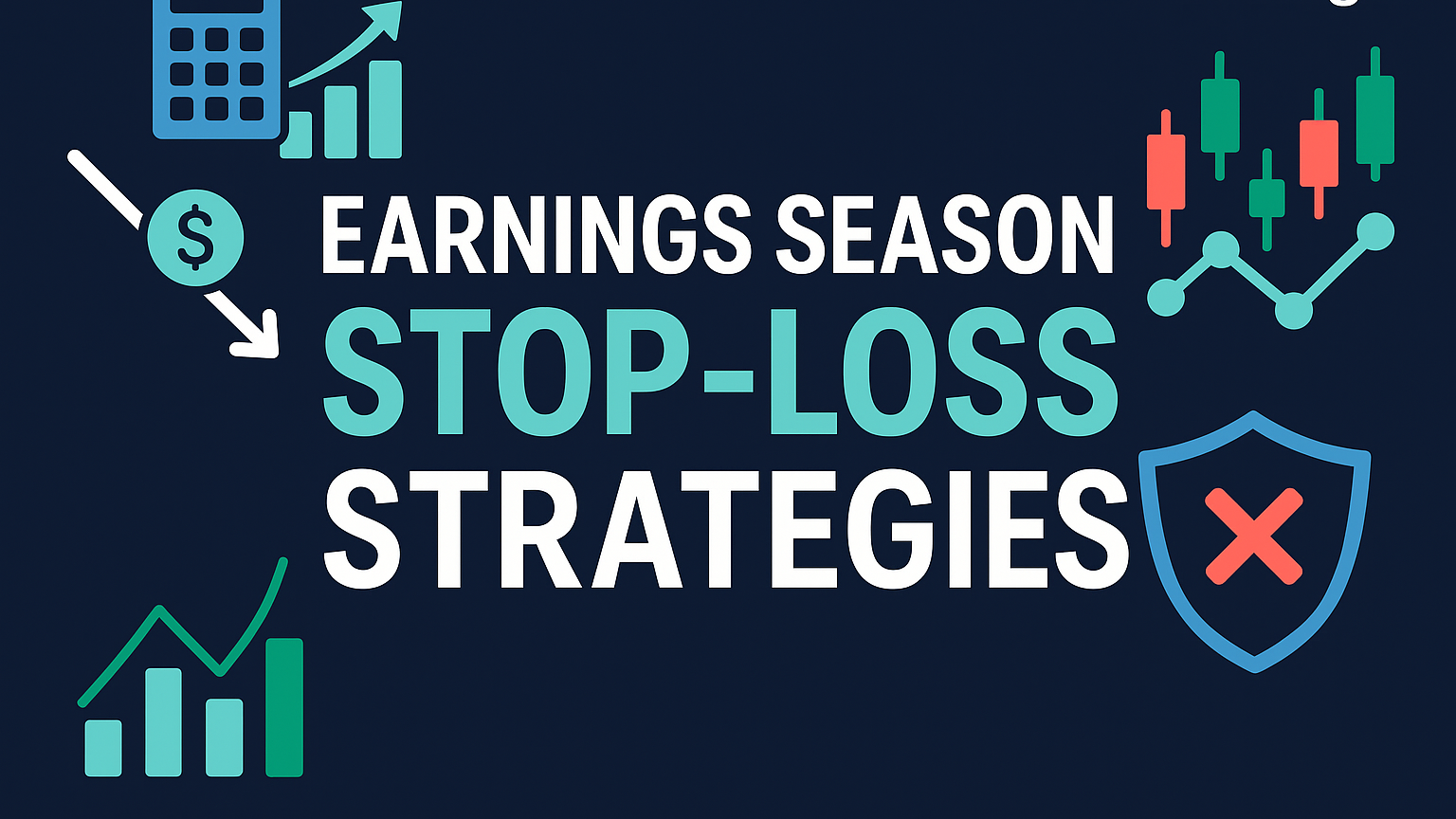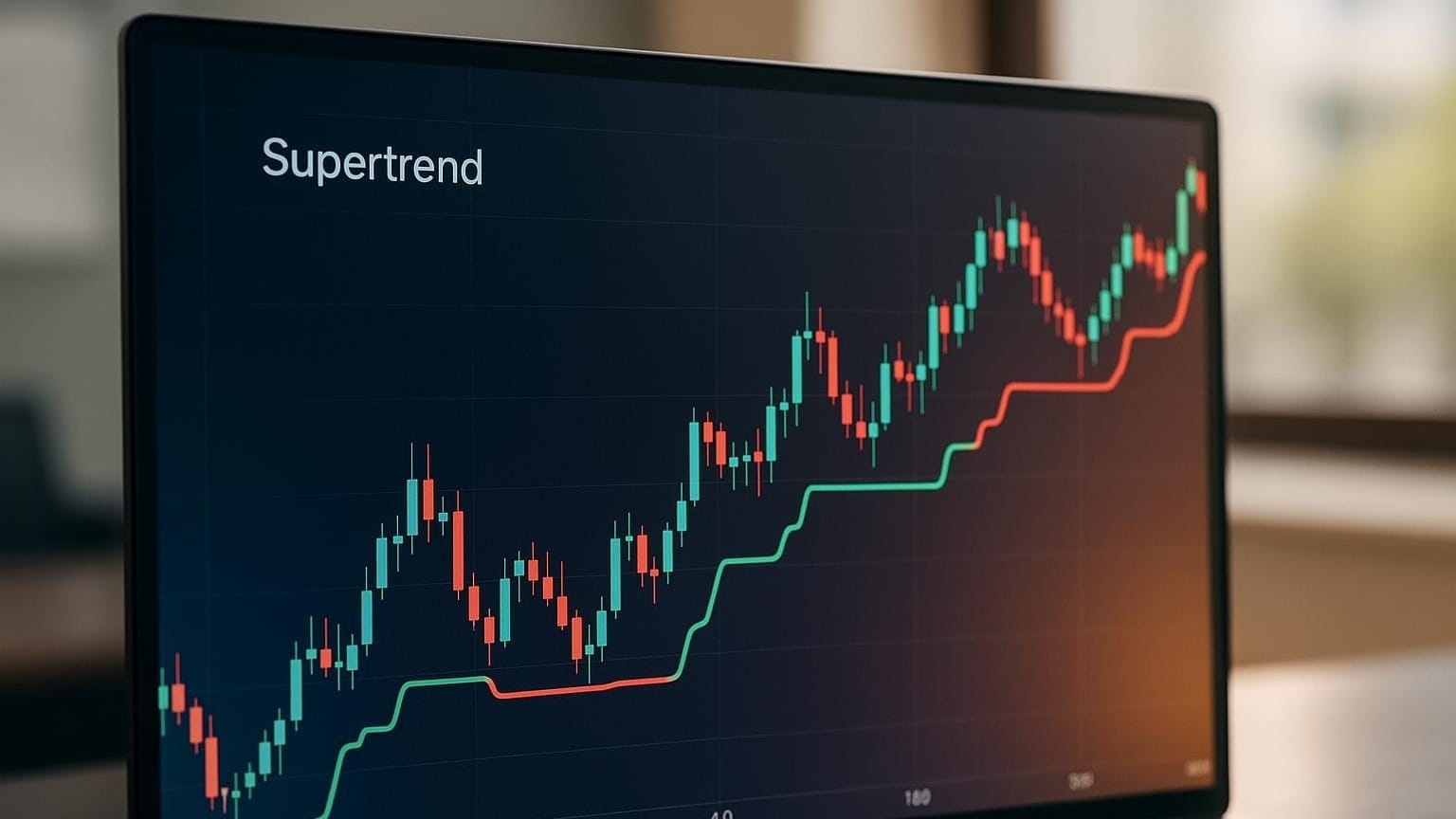Learn how to effectively use stop-loss and take-profit orders to manage risk and secure profits in trading.
Stop-loss and take-profit orders are essential for managing risk and securing profits. Here’s what you need to know:
- Stop-loss orders: Automatically close a trade when the price drops to a specific level, limiting losses.
- Take-profit orders: Lock in gains by closing a trade when the price reaches a favorable target.
These limits help traders avoid emotional decisions, stay disciplined, and handle volatile markets. By combining technical analysis with solid risk-reward ratios (for example, 1:3), you can set stop-loss and take-profit levels that match your goals. Automation features from LuxAlgo further simplify the process by dynamically adjusting limits to market conditions.
Key Benefits:
- Protects capital by capping losses.
- Secures gains before reversals.
- Saves time through automated exits.
- Reduces emotional trading mistakes.
Start using stop-loss and take-profit orders today to trade smarter and stay in control.
Stop-Loss and Take-Profit Basics
Stop-Loss Orders Explained
Stop-loss orders protect your investments by automatically selling a security when its price falls to a preset level. For example, if you buy Microsoft (MSFT) at $20 and set a stop-loss at $18, your position closes at $18 and caps your loss at $2 per share—keeping you disciplined and emotion-free.
Take-Profit Orders Explained
Take-profit orders do the opposite—they secure gains by selling when the price reaches your target. Suppose you spot an ascending triangle, go long, and set a take-profit 15 % above entry while placing a stop-loss 5 % below. The pair of orders creates a balanced, rules-based trade.
Benefits of Using Trading Limits
| Benefit | Description |
|---|---|
| Risk Management | Keeps losses within pre-set limits. |
| Emotion Control | Avoids rash decisions during turbulence. |
| Time Efficiency | Eliminates constant market watching. |
| Profit Security | Locks in gains when targets hit. |
With 71 % of retail CFD accounts losing money, these limits are critical. Advanced traders also explore trailing stops for dynamic protection. Up next, learn to set effective stop-loss and take-profit levels.
Setting Stop-Loss and Take-Profit Levels

Technical Analysis Methods
Match your limits to market conditions:
| Market Condition | Recommended Indicators | Usage |
|---|---|---|
| Trending | ATR Trailing Stop, Parabolic SAR | Dynamic stops following momentum |
| Sideways | Bollinger Bands, Donchian Channels | Range-based entries and exits |
| High Volatility | Chandelier Exit, Volatility Stop | Wider limits to absorb swings |
Risk-Reward Calculations
Many traders aim for at least a 1:3 risk-reward ratio. If you risk 50 pips with a 100-pip target, you need only a 33 % win rate to break even—higher ratios enhance long-term profitability.
Adjusting for Market Conditions
Higher volatility warrants wider stops and targets. For example, a calm market might suit a 30-pip stop and 60-pip target, whereas a volatile session could need an 80-pip stop and 160-pip target. Regularly updating ATR-based stops keeps them relevant.
Stop-Loss and Take-Profit Mistakes
Stop Distance Problems
| Market Condition | Common Mistake | Suggested Approach |
|---|---|---|
| High Volatility | Tight stops ignoring swings | Volatility-based stops like ATR |
| Low Volatility | Stops too wide, limiting reward | Tighter stops to capture gains |
| Trending | Fixed stops ignoring momentum | Trailing stops that track trend |
Market Change Response
Adjust stops after news releases, volatility shifts, or breaks of key support/resistance to stay aligned with evolving risk.
Emotional Trading Fixes
Document your trade plan, place limits immediately, and pause after losses to avoid revenge trades.
Where to Place Your Stop Loss and Take Profit Tutorial
Trading Limit Automation Tools
LuxAlgo Trading Tools Guide
The Signals & Overlays toolkit automates stop-loss and take-profit levels. Its TP/SL feature calculates four dynamic limits based on market activity, then updates them automatically.
| Setting Type | Configuration Options | Best Practice |
|---|---|---|
| Condition Selection | Signals, Smart Trail, Reversal Zones, Trend Catcher | Match your trading approach |
| Distance Control | Adjustable spacing from price | Wider in volatile markets |
| Alert Setup | {{plot("Take Profit")}}, {{plot("Stop Loss")}} |
Create alerts for both |
AI Testing with LuxAlgo
- Experiment with TP/SL strategies across timeframes.
- Select Price, Currency, Ticks, Percentage, or ATR methods.
- Apply forecast-based take-profits and trailing stops.
Automated Trading Benefits
- Consistent Execution: Orders fill exactly as planned.
- Time Savings: No continuous monitoring needed.
- Fewer Errors: Automation reduces manual mistakes.
Always forward-test automated strategies with virtual funds before committing real capital.
Conclusion
Stop-loss and take-profit orders protect capital and enforce discipline. As Dwight Sproull from 3Commas.io notes:
"Managing risk and securing advantageous trades are both crucial for long-term success when actively trading crypto."
A solid risk-reward ratio—often 1:2 or 1:3—underpins effective limit-setting. LuxAlgo streamlines this with dynamic ATR-based limits and AI-driven backtesting.
For instance, United States Steel (X) surged 25 % on takeover news in December 2023. Traders with a $52 take-profit captured over $13 per share, highlighting the power of well-placed limits.








